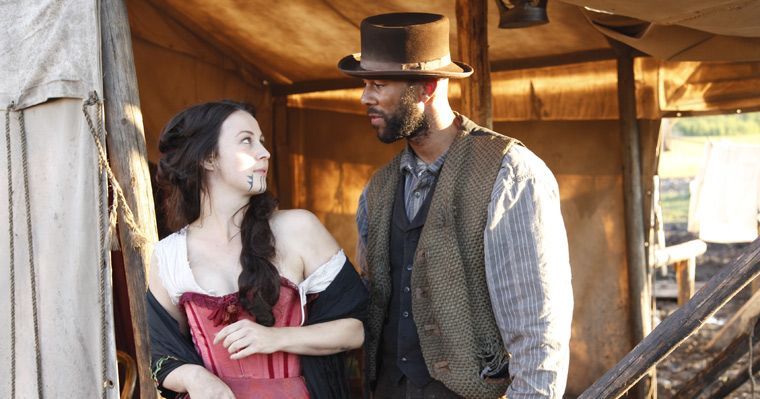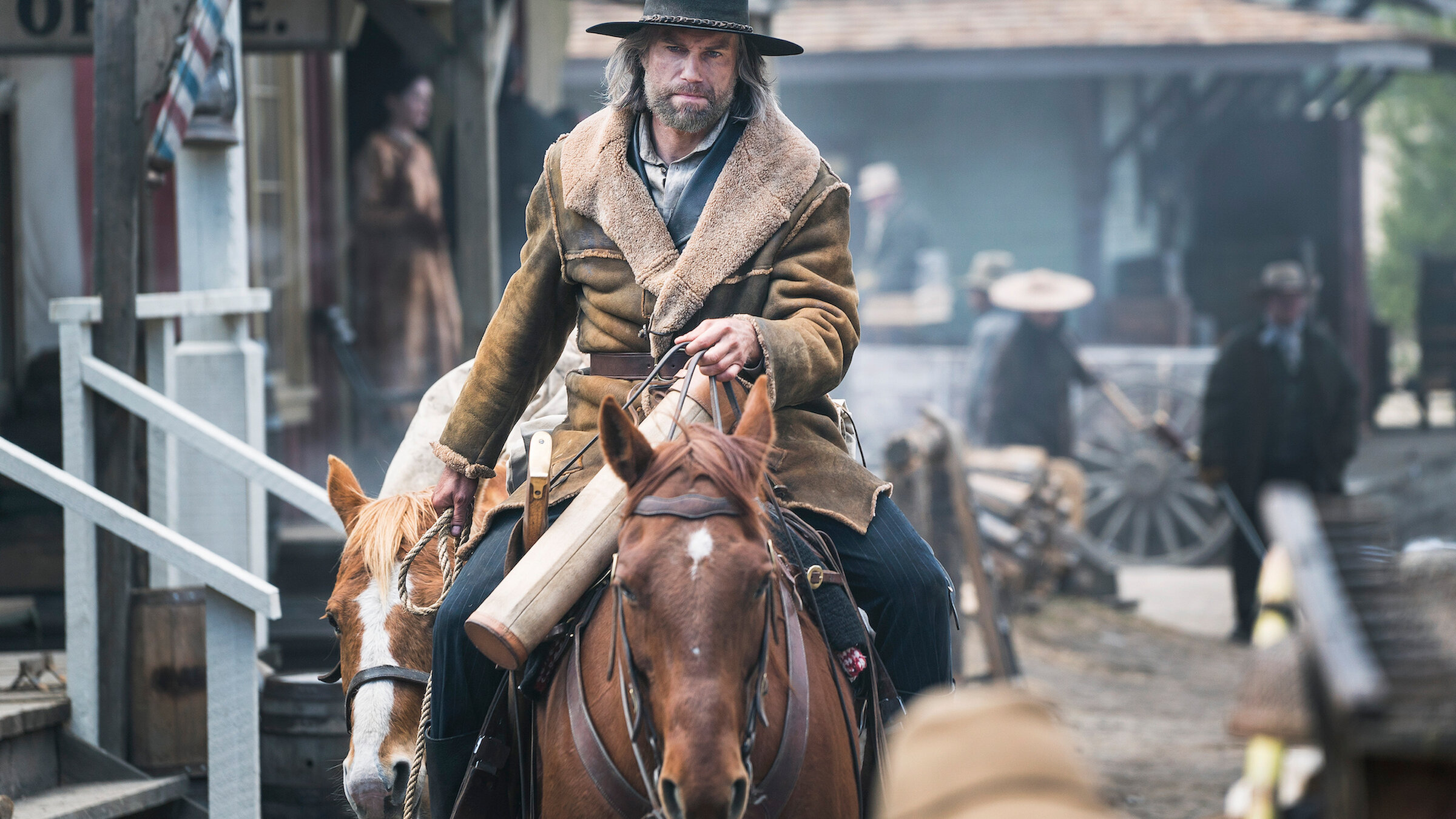The phrase “Hell on Wheels” paints a vivid picture of a tumultuous and challenging time in American history. It refers to the period in the mid-1800s when the construction of the transcontinental railroad was in full swing. This ambitious project would connect the East and West coasts of the United States, revolutionizing transportation and commerce in the country.
At the heart of this monumental undertaking was grit – the perseverance and determination of the thousands of workers who labored under harsh conditions to lay down the tracks that would transform the nation. These workers faced extreme weather, dangerous working conditions, and isolation from their families, yet they pressed on, driven by the promise of a better future.

Revenge also played a role in the construction of the railroad. The rivalry between the Union Pacific and Central Pacific railroads led to cutthroat competition, sabotage, and even violence. The race to lay down the most track in the shortest amount of time fueled animosity between the two companies, leading to acts of retribution and retaliation.
Despite the challenges and conflicts, the completion of the transcontinental railroad in 1869 was a watershed moment in American history. It shortened travel time from coast to coast from months to days, opening up new opportunities for trade, migration, and communication. The railroad not only connected the country physically but also economically and socially, shaping the development of the United States in profound ways.

The legacy of the transcontinental railroad endures to this day, with its impact still felt in modern transportation infrastructure and the growth of the American West. The story of the railroad is a testament to the power of human resilience, ambition, and innovation in overcoming adversity and driving progress.
In conclusion, “Hell on Wheels” symbolizes not only the challenges faced during the construction of the transcontinental railroad but also the grit, revenge, and determination that ultimately shaped the course of American history. This chapter in our past serves as a reminder of the transformative impact of ambitious undertakings and the enduring legacy of those who dared to dream big.





